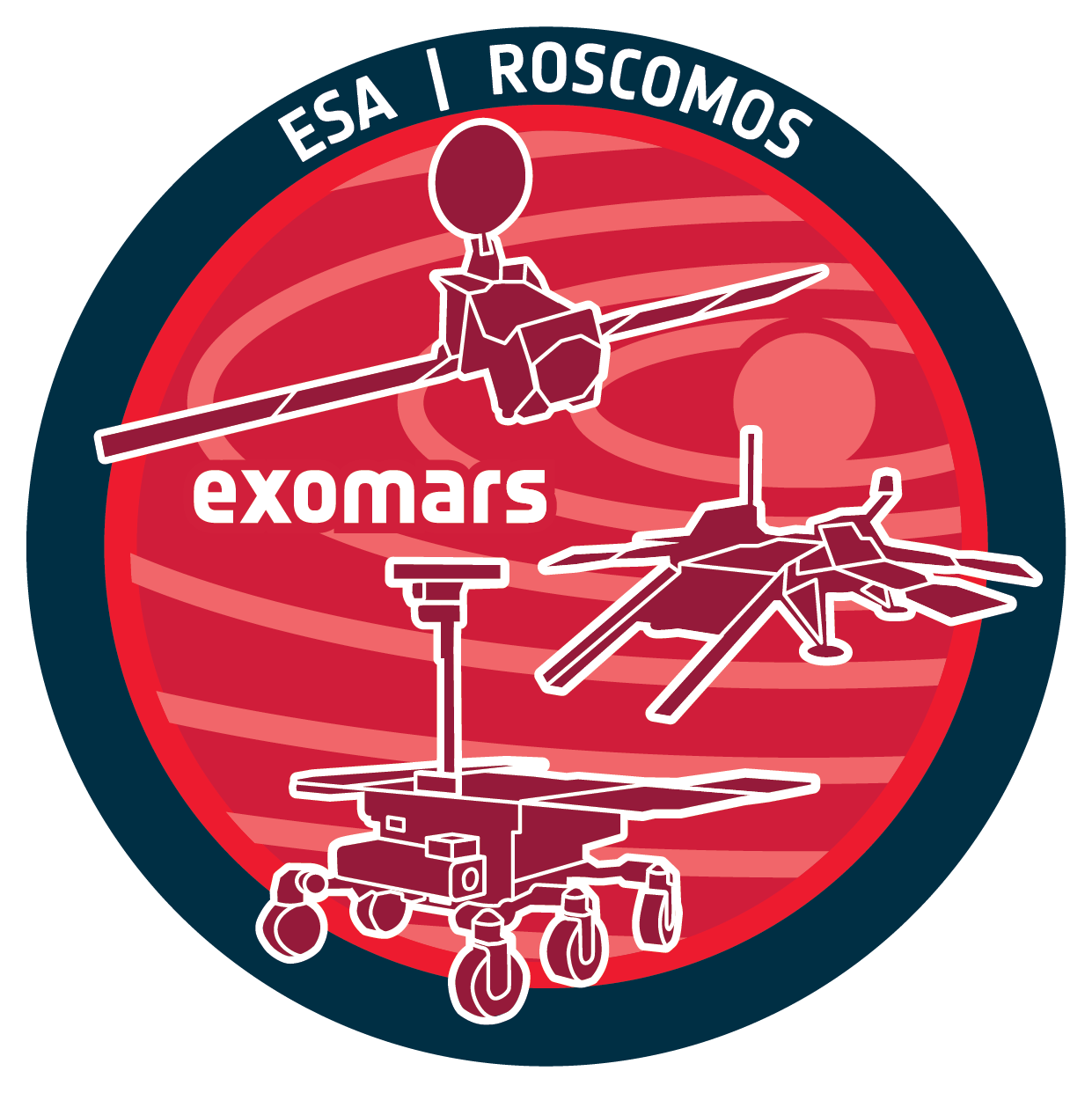

| Name | ExoMars 2016 NOMAD calibrated Data Product Collection | ||||||||||||||||||||||||
| Mission | ExoMars16 | ||||||||||||||||||||||||
| URL | https://archives.esac.esa.int/psa/ftp/ExoMars2016/em16_tgo_nmd/data_calibrated | ||||||||||||||||||||||||
| DOI | https://doi.org/10.5270/esa-6vnx7bc | ||||||||||||||||||||||||
| Description |
NOMADNOMAD is a 3-channel spectrometer designed to perform high-sensitivity orbital identification of atmospheric components,
concentration and temperature, their sources, loss, and cycles. It measures the sunlight reflected from the surface and
atmosphere of Mars, and analyses its wavelength spectrum to identify the components of the Martian atmosphere that may suggest a
biological source. The Calibrated_Data CollectionThe Calibrated data collection contains science data from the instrument which is processed to the calibrated stage, and this represents the highest level of processing within the PSA. Calibrated data is defined as having all instrument related artifacts removed. The data are delivered to the PSA from BIRA and any data older than six months is immediately released publically. (Note all LNO data is not yet publically available so can not be downloaded from any time period) Physically the collection is organised by science phase, then orbit range in groups of 100 orbits, then orbit. Different data types e.g. HK plus science from different channels may be mixed in this time related directory. A description of the calibrated data products can be found in the NOMAD Experiment to Archive ICD (EAICD). This can be found under documents in the user interface or via the Document Collection in the PSA ftp distribution. A quick start guide can also be found at: |
||||||||||||||||||||||||
| Instrument | NOMAD | ||||||||||||||||||||||||
| Temporal Coverage | 2016-03-05T00:00:00Z - 2030-12-31T23:59:59Z | ||||||||||||||||||||||||
| Version | 9.1 | ||||||||||||||||||||||||
| Mission Description |
ExoMars 2016 Mission OverviewExoMars 2016 was launched in March 2016 and consists of the Trace Gas Orbiter (TGO) and Schiaparelli, an entry, descent and landing demonstrator module. The primary goal of the mission is to detect trace gasses in the Martian atmosphere in particular to follow up on earlier detections of Methane.Schiaparelli, the technology demonstration lander, did not reach the surface, therefore the only data archived was from the DREAMS instrument, which was obtained during the cruise phase of the mission. The Trace Gas Orbiter (TGO) entered science operations at Mars in April 2018 and has been operating nominally since. It has 4 instruments, CaSSIS, a 4 colour push frame camera, FREND, an epithermal neutron detector, and ACS and NOMAD which are high resolution spectrometers covering the UV to thermal IR range optimised for atmospheric studies. All instruments continue in good health apart from the Thermal Infrared (TIRVIM) channel on ACS. TIRVIM stopped working on December 3rd, 2019 due to HW failure. Since then, it has been kept on to ensure thermal mode of the ACS but without producing science data. Housekeeping data is still being generated and archived as of today. Mission Phases
|
||||||||||||||||||||||||
| Creator Contact | Ann Carine Vandaele | ||||||||||||||||||||||||
| Date Published | 2022-03-17 | ||||||||||||||||||||||||
| Publisher And Registrant | European Space Agency | ||||||||||||||||||||||||
| Credit Guidelines | European Space Agency, 2022, ExoMars 2016 NOMAD calibrated Data Product Collection, 9.1, European Space Agency, https://doi.org/10.5270/esa-6vnx7bc |